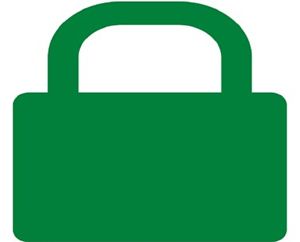 I’ve been sounding the alarm about the need for bloggers to enable SSL encryption on their blogs for some time now, and the time window for getting it done is closing fast.
I’ve been sounding the alarm about the need for bloggers to enable SSL encryption on their blogs for some time now, and the time window for getting it done is closing fast.
All the major web browsers are now labeling any non-encrypted page with a form on it as insecure, and Google is planning to completely drop the hammer on insecure sites in July.
The folks at Google have just announced in this post on their Chromium blog that they’re planning to release Chrome 68 in July 2018.
That post also states that that new version of Chrome is going to mark every page with a URL that starts with http:// instead of https:// as an insecure (and thus dangerous) page.
That means starting in July your blog’s traffic will likely fall off the edge of a cliff if you haven’t enabled SSL encryption on it by then. Here’s why:
1 – When visitors find their way onto your blog the first thing they’ll see is the warning that the page they’re on is insecure.
2 -After seeing that warning most visitors will likely panic and immediately hit the “Back” button. That will cause your blog’s bounce rate to go through the roof.
3 – Google and the other search engines will take your blog’s massive bounce rate as evidence that your blog is low quality. Their algorithms will then drop your search engines rankings, resulting in less search traffic to your blog.
As you can see, this will set in motion a vicious cycle that’ll cause your blog’s traffic to spiral right down into a black hole.
Since your non-encrypted http pages are already being ranked lower in the search engines than their encrypted https counterparts, this new development will just pile on to the already existing drag on your blog’s traffic.
Since Chrome is currently the most popular web browser out there, the release of Chrome 68 and its war against non-encrypted sites will definitely have a major detrimental effect on the future of any blog that’s still unencrypted upon it’s release.
This is why you simply MUST enable SSL encryption on your blog before July if you want to keep search engine traffic flowing to your blog AND keep the visitors who do find your blog from seeing the “Not Secure” warning on your pages and immediately hitting the “Back” button.
Luckily, it’s now easier and cheaper than ever to install an SSL certificate on your blog and enable https encryption. In fact, it’s now relatively painless and completely free thanks to “Let’s Encrypt” and “AutoSSL”.
This post explains how I used “Let’s Encrypt” and “AutoSSL” to enable SSL encryption on all of my blogs for free. You really need to do the same for your blog ASAP!
Like this tip? If so, I invite you to share it on social media. Just click one the handy buttons below.